Home>Furniture & Design>Bathroom Accessories>How To Disinfect Toothbrush After A Cold Sore
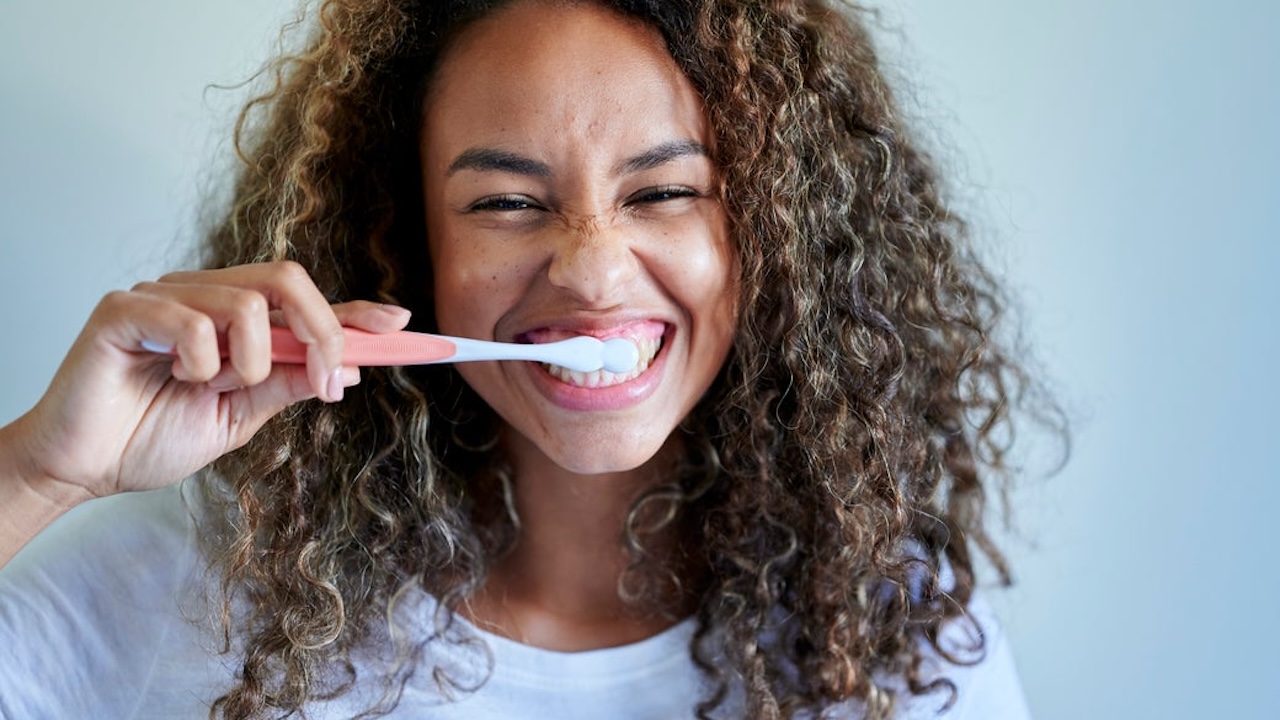

Bathroom Accessories
How To Disinfect Toothbrush After A Cold Sore
Modified: September 1, 2024
Learn how to properly disinfect your toothbrush after a cold sore to maintain good oral hygiene and prevent the spread of germs. Find effective methods and tips for cleaning bathroom accessories.
(Many of the links in this article redirect to a specific reviewed product. Your purchase of these products through affiliate links helps to generate commission for Storables.com, at no extra cost. Learn more)
Introduction
Maintaining good oral hygiene is essential for overall health, and part of this routine involves keeping our toothbrushes clean and free from harmful bacteria. When dealing with a cold sore, it becomes even more crucial to ensure that our toothbrush is properly disinfected to prevent the spread of the virus and protect our oral health.
Cold sores, also known as fever blisters, are caused by the herpes simplex virus (HSV-1) and are highly contagious. These fluid-filled lesions typically appear on or around the lips and can be accompanied by discomfort and pain. During an outbreak, the virus can easily spread through direct contact, making it important to take extra precautions to prevent its transmission, including the proper disinfection of personal items such as toothbrushes.
In this article, we will explore the significance of disinfecting your toothbrush after a cold sore, the methods for effectively doing so, and valuable tips for preventing the spread of cold sores. By understanding these key aspects, you can safeguard yourself and your loved ones from the potential risks associated with cold sores and maintain a healthy oral care routine.
Key Takeaways:
- Keep your toothbrush virus-free by disinfecting it after a cold sore outbreak. Use boiling water, mouthwash, hydrogen peroxide, or a UV sanitizer to eliminate the herpes simplex virus and protect your oral health.
- Prevent cold sore spread by avoiding direct contact, using personal items, practicing good hygiene, being mindful of triggers, utilizing protective measures, maintaining a healthy lifestyle, and seeking professional guidance for effective management.
Read more: How To Disinfect Toothbrush After Strep
Why it's important to disinfect your toothbrush after a cold sore
After experiencing a cold sore outbreak, it is crucial to prioritize the disinfection of your toothbrush to prevent the recurrence or spread of the herpes simplex virus (HSV-1). Cold sores are highly contagious and can be easily transmitted through direct contact with the affected area or items that have come into contact with the virus. Given that the bristles of a toothbrush can harbor the virus, failing to disinfect it properly can lead to the reactivation of the virus and potential reinfection.
When a cold sore is present, the virus is actively shedding and can contaminate the toothbrush during use. Without proper disinfection, the virus can survive on the bristles for an extended period, posing a risk of reinfection or transmission to others. This is particularly concerning in shared living spaces where multiple individuals may use the same bathroom and inadvertently come into contact with contaminated toothbrushes.
Furthermore, the oral cavity is a gateway for the herpes simplex virus to enter the body, making it essential to maintain a clean and virus-free environment. Failing to disinfect your toothbrush after a cold sore outbreak can lead to the reintroduction of the virus into your system, potentially triggering another outbreak and prolonging the discomfort associated with cold sores.
By diligently disinfecting your toothbrush after a cold sore, you can effectively eliminate the virus from the bristles, minimizing the risk of reinfection and transmission. This proactive approach not only safeguards your oral health but also contributes to the overall well-being of those around you. It is a simple yet impactful measure that can significantly reduce the likelihood of recurrent cold sores and promote a hygienic living environment.
In the next section, we will delve into the various methods for disinfecting your toothbrush after a cold sore, providing you with practical and effective strategies to ensure the thorough elimination of the herpes simplex virus.
Methods for disinfecting your toothbrush
After experiencing a cold sore, it is imperative to employ effective methods to disinfect your toothbrush and eliminate any traces of the herpes simplex virus (HSV-1). By implementing proper disinfection techniques, you can minimize the risk of reinfection and transmission, promoting a hygienic oral care routine. Here are several methods for disinfecting your toothbrush after a cold sore outbreak:
1. Boiling Water:
Boiling water is a simple yet highly effective method for disinfecting your toothbrush. Begin by bringing a pot of water to a rolling boil. Once the water reaches the boiling point, carefully place the head of your toothbrush into the water and let it boil for 3 to 5 minutes. The high temperature of the boiling water effectively kills the virus and sterilizes the bristles, ensuring thorough disinfection.
2. Antiseptic Mouthwash Soak:
Submerging your toothbrush in antiseptic mouthwash can aid in disinfection. Fill a clean container with enough antiseptic mouthwash to completely cover the bristles of your toothbrush. Allow the toothbrush to soak in the mouthwash for at least 15 minutes, ensuring that the bristles are fully immersed. The antiseptic properties of the mouthwash help eliminate bacteria and viruses, including the herpes simplex virus, effectively disinfecting the toothbrush.
Read more: How To Disinfect An Electric Toothbrush
3. Hydrogen Peroxide Rinse:
Hydrogen peroxide is known for its antiviral and antibacterial properties, making it a valuable agent for disinfecting your toothbrush. Create a solution of equal parts hydrogen peroxide and water in a clean cup or container. Submerge the bristles of your toothbrush in the solution and let it soak for 10 minutes. After soaking, thoroughly rinse the toothbrush with water to remove any residual hydrogen peroxide.
4. UV Sanitizer:
Investing in a UV toothbrush sanitizer can provide a convenient and efficient means of disinfection. These devices utilize ultraviolet light to kill bacteria and viruses, including the herpes simplex virus, effectively sterilizing the toothbrush. Simply place your toothbrush in the UV sanitizer and activate the sterilization cycle according to the manufacturer's instructions. This method offers a hands-free approach to disinfection and is particularly beneficial for regular use.
5. Replacement:
In some cases, particularly if the toothbrush has been in contact with the cold sore during use, it may be advisable to replace the toothbrush altogether. While the aforementioned methods are effective for disinfection, replacing the toothbrush can provide added peace of mind, especially if the bristles have come into direct contact with the cold sore.
By utilizing these methods for disinfecting your toothbrush after a cold sore, you can effectively eliminate the herpes simplex virus and reduce the risk of reinfection and transmission. Incorporating these disinfection techniques into your oral care routine can contribute to a healthier and more hygienic environment, supporting your overall well-being.
Tips for preventing the spread of cold sores
Preventing the spread of cold sores is essential to minimize the risk of transmission and protect both yourself and those around you from potential infection. By implementing proactive measures and adopting healthy habits, you can significantly reduce the likelihood of cold sore outbreaks and safeguard your well-being. Here are valuable tips for preventing the spread of cold sores:
-
Avoid Direct Contact: Refrain from direct physical contact with individuals who have active cold sores. Cold sores are highly contagious, and direct contact with the affected area can facilitate the transmission of the herpes simplex virus. Encourage open communication with friends and family members to ensure mutual understanding and respect regarding the contagious nature of cold sores.
-
Use Personal Items: Refrain from sharing personal items such as lip balms, utensils, towels, and, most importantly, toothbrushes. The herpes simplex virus can easily spread through shared items, increasing the risk of transmission. By using and maintaining your personal items, you can minimize the potential for virus transfer and protect yourself and others from infection.
-
Practice Good Hygiene: Maintain a high standard of personal hygiene to reduce the risk of cold sore transmission. Regularly wash your hands with soap and water, especially after touching the affected area or applying topical treatments. Additionally, avoid touching your face, particularly the lips and mouth, to prevent the inadvertent spread of the virus.
-
Be Mindful of Triggers: Identify and manage factors that may trigger cold sore outbreaks, such as stress, fatigue, and exposure to sunlight. By being mindful of these triggers and taking proactive steps to mitigate their impact, you can potentially reduce the frequency and severity of cold sore episodes, minimizing the risk of transmission.
-
Utilize Protective Measures: During an active cold sore outbreak, consider using protective measures such as disposable lip applicators or cotton swabs when applying topical treatments. This can help prevent the direct contact of the virus with the applicator, reducing the risk of contamination and potential spread to other areas of the body.
-
Maintain a Healthy Lifestyle: Prioritize a healthy lifestyle, including a balanced diet, regular exercise, and adequate rest. A strong immune system plays a crucial role in combating viral infections, including the herpes simplex virus. By supporting your overall health and well-being, you can bolster your body's natural defenses and potentially reduce the frequency and severity of cold sore outbreaks.
-
Consult a Healthcare Professional: If you experience frequent or severe cold sore outbreaks, consider seeking guidance from a healthcare professional. They can provide personalized recommendations, prescribe antiviral medications, and offer valuable insights into managing and preventing cold sores effectively.
By incorporating these tips into your daily routine and promoting awareness of cold sore prevention, you can contribute to a healthier and more informed environment, reducing the impact of cold sores and fostering well-being for yourself and those around you.
Frequently Asked Questions about How To Disinfect Toothbrush After A Cold Sore
Was this page helpful?
At Storables.com, we guarantee accurate and reliable information. Our content, validated by Expert Board Contributors, is crafted following stringent Editorial Policies. We're committed to providing you with well-researched, expert-backed insights for all your informational needs.
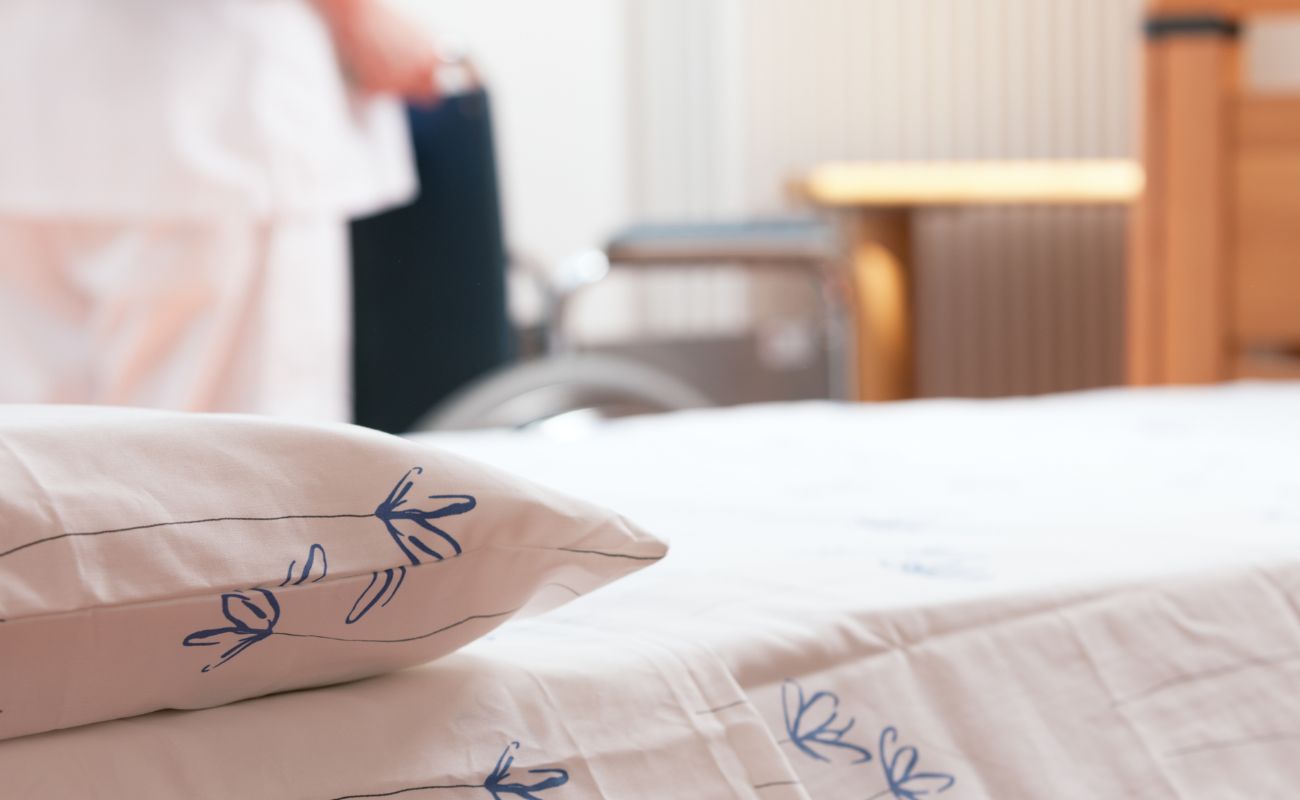
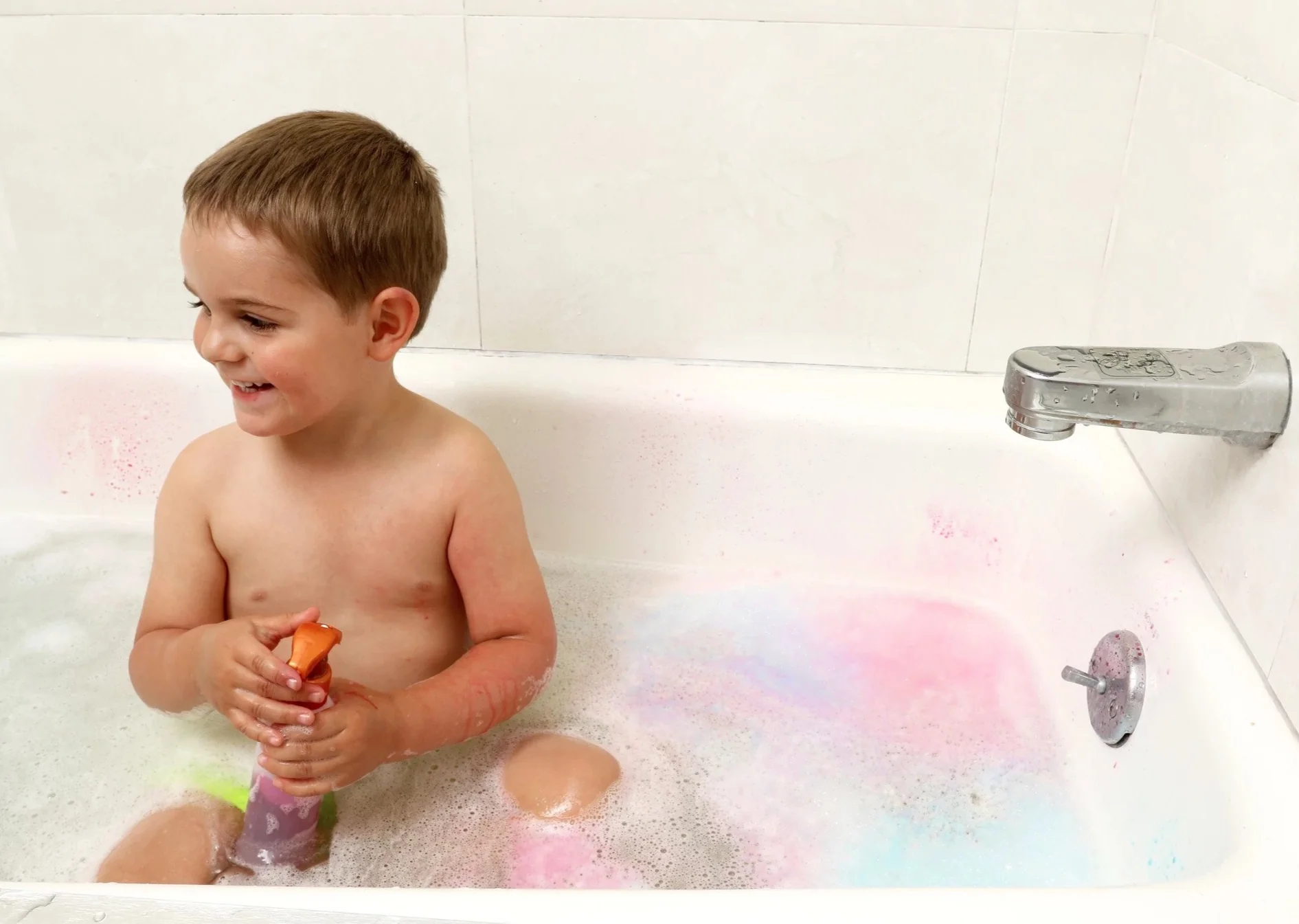

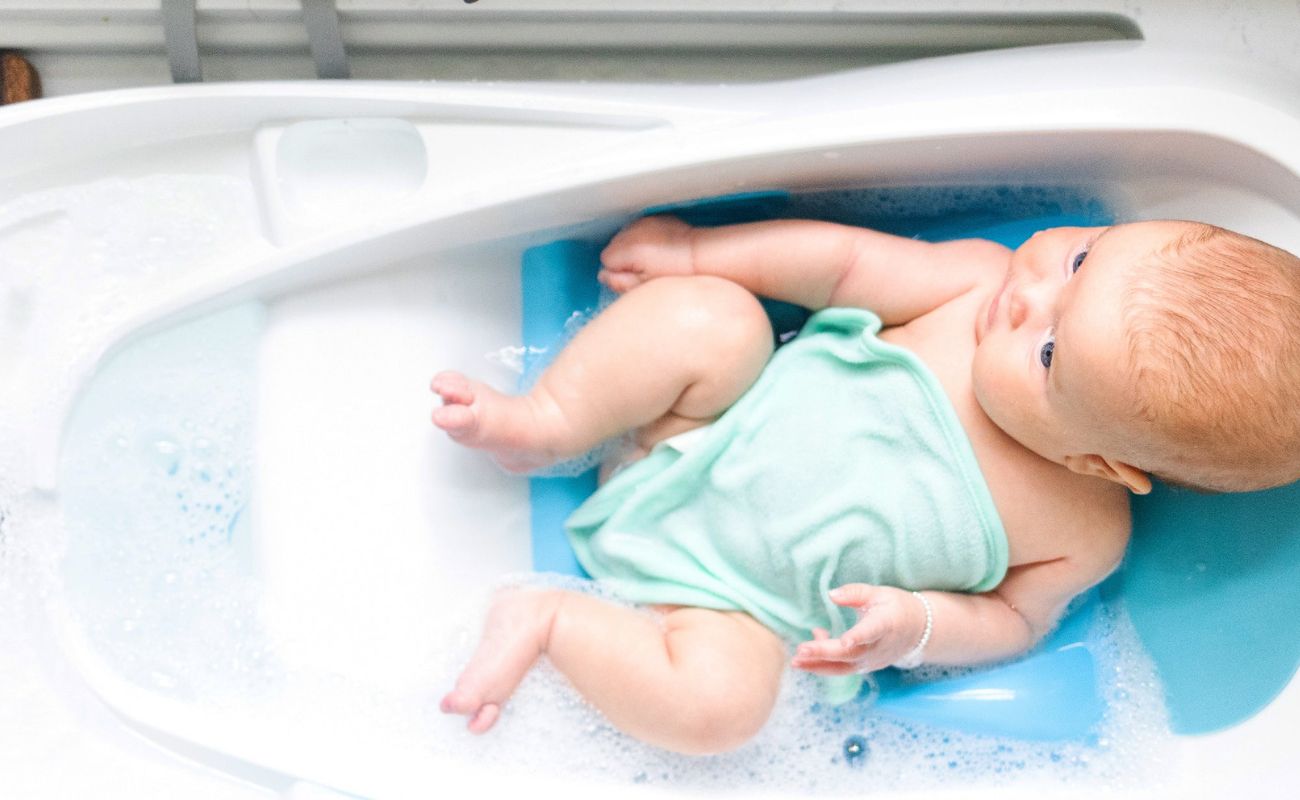
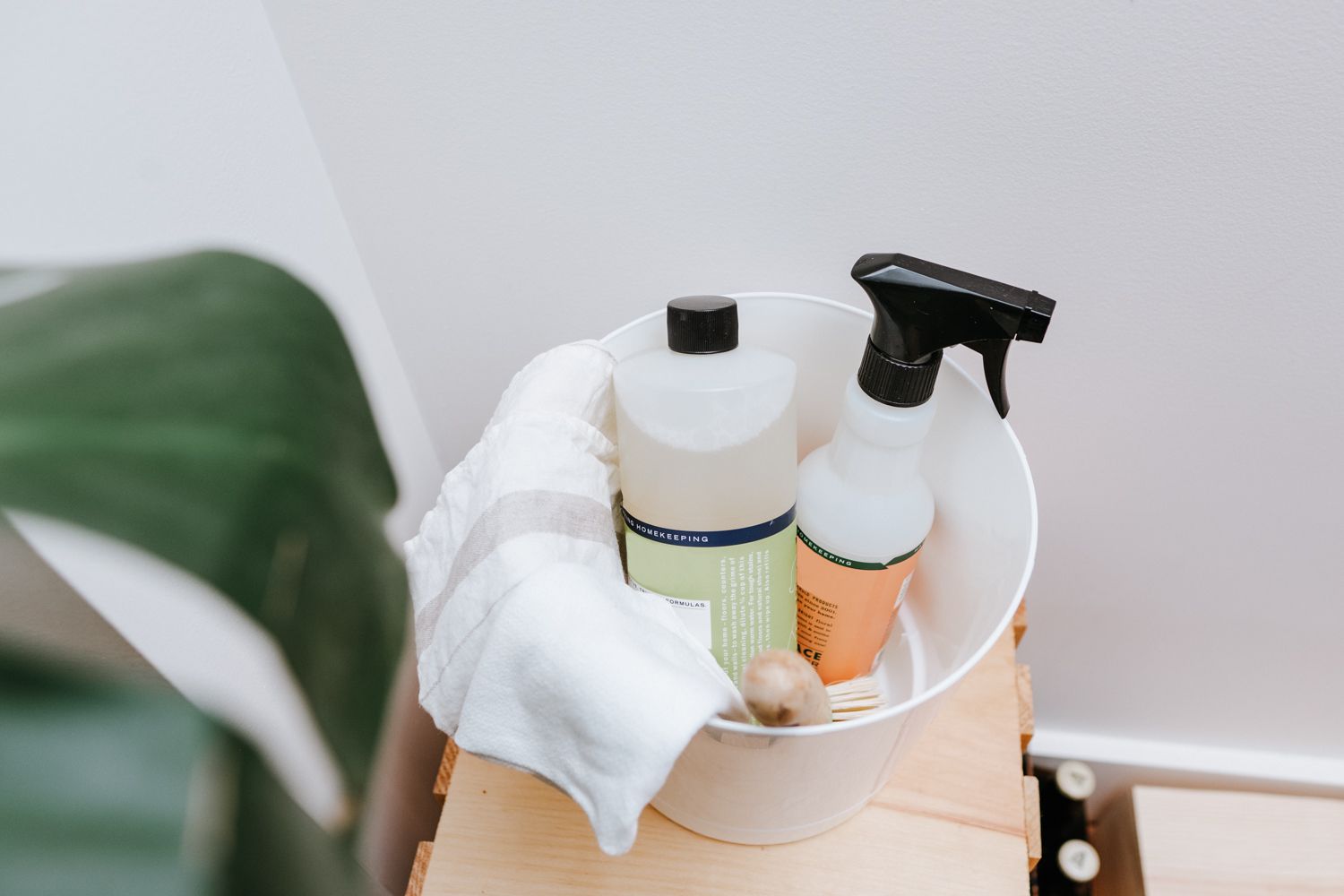
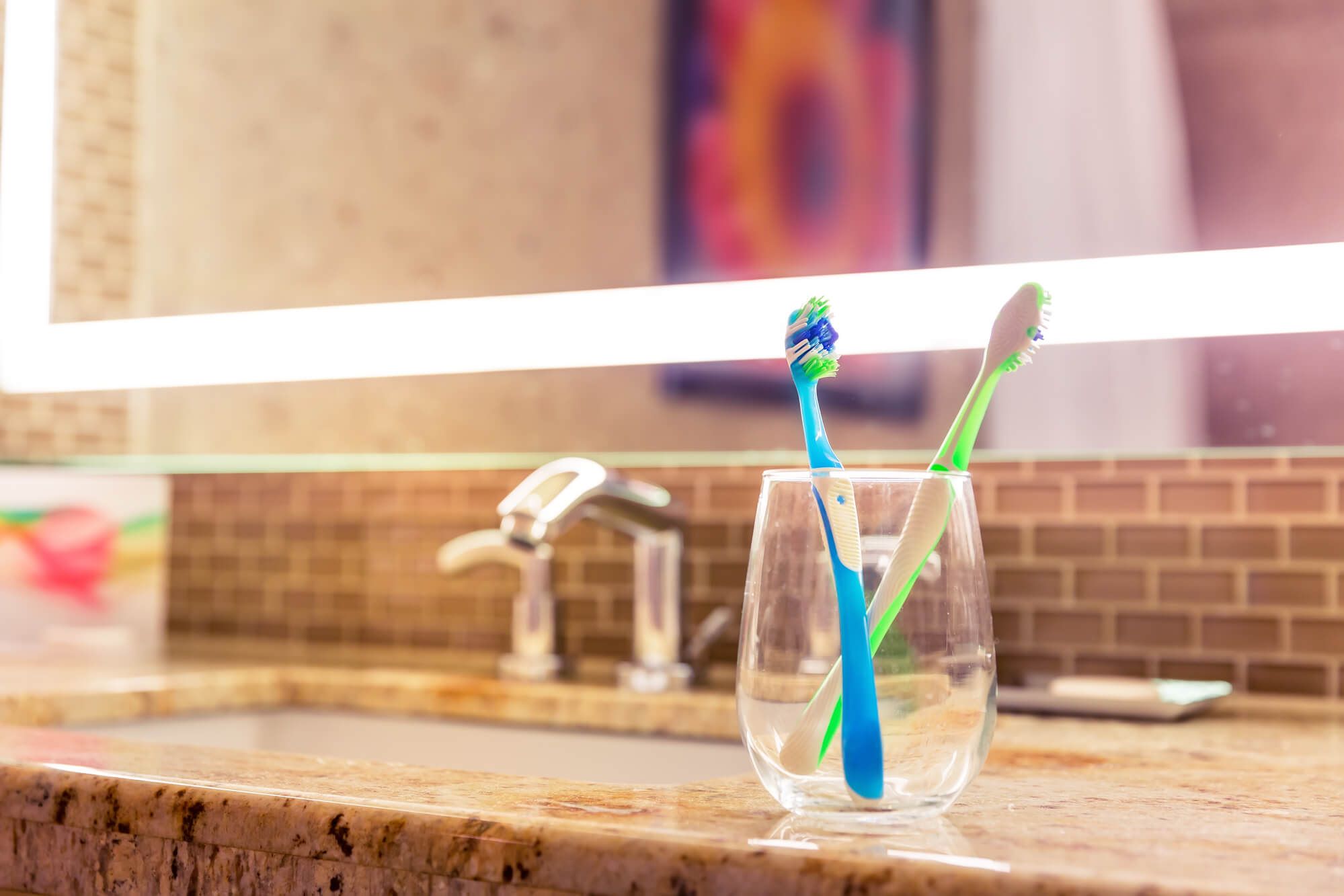
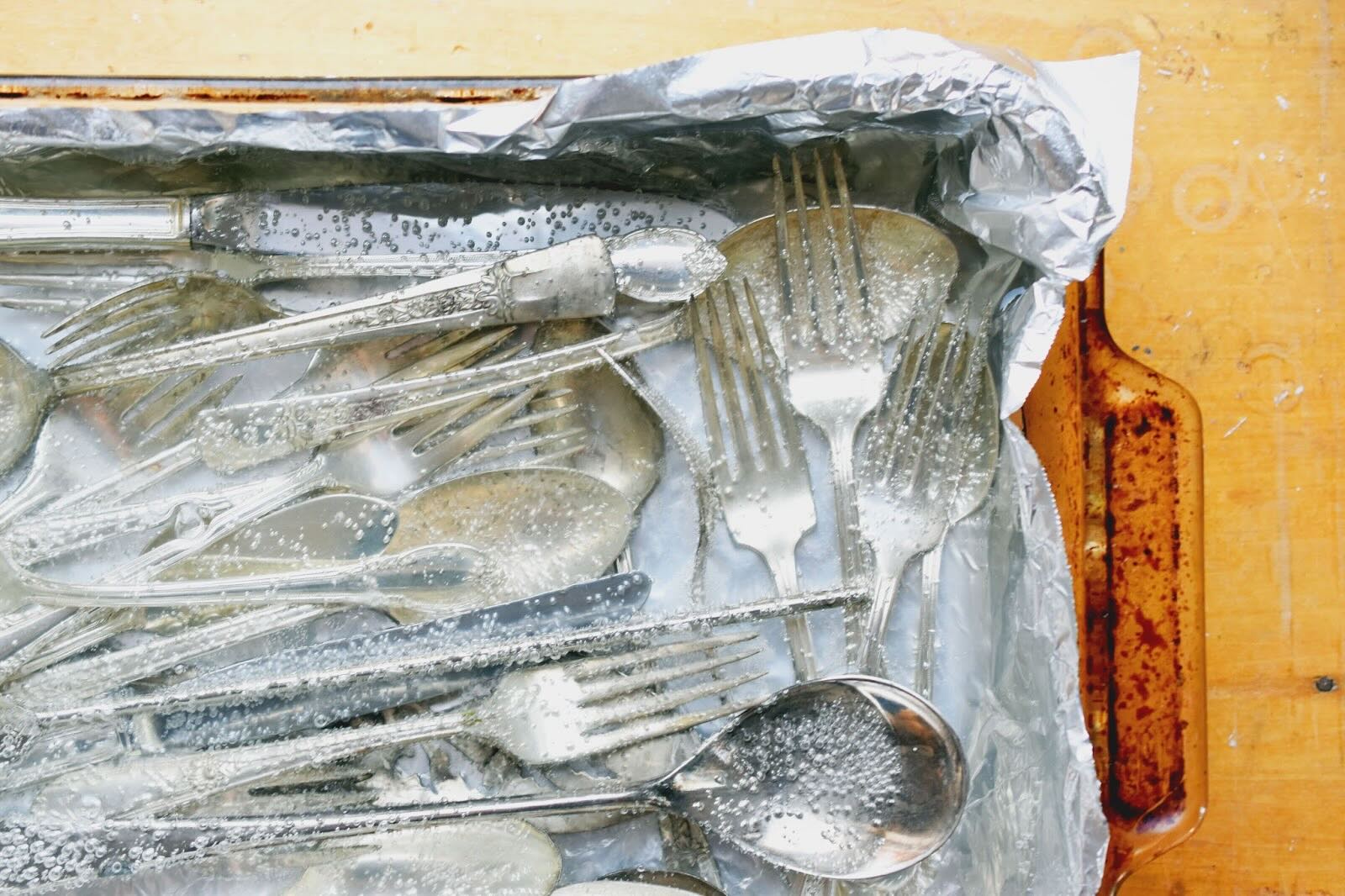
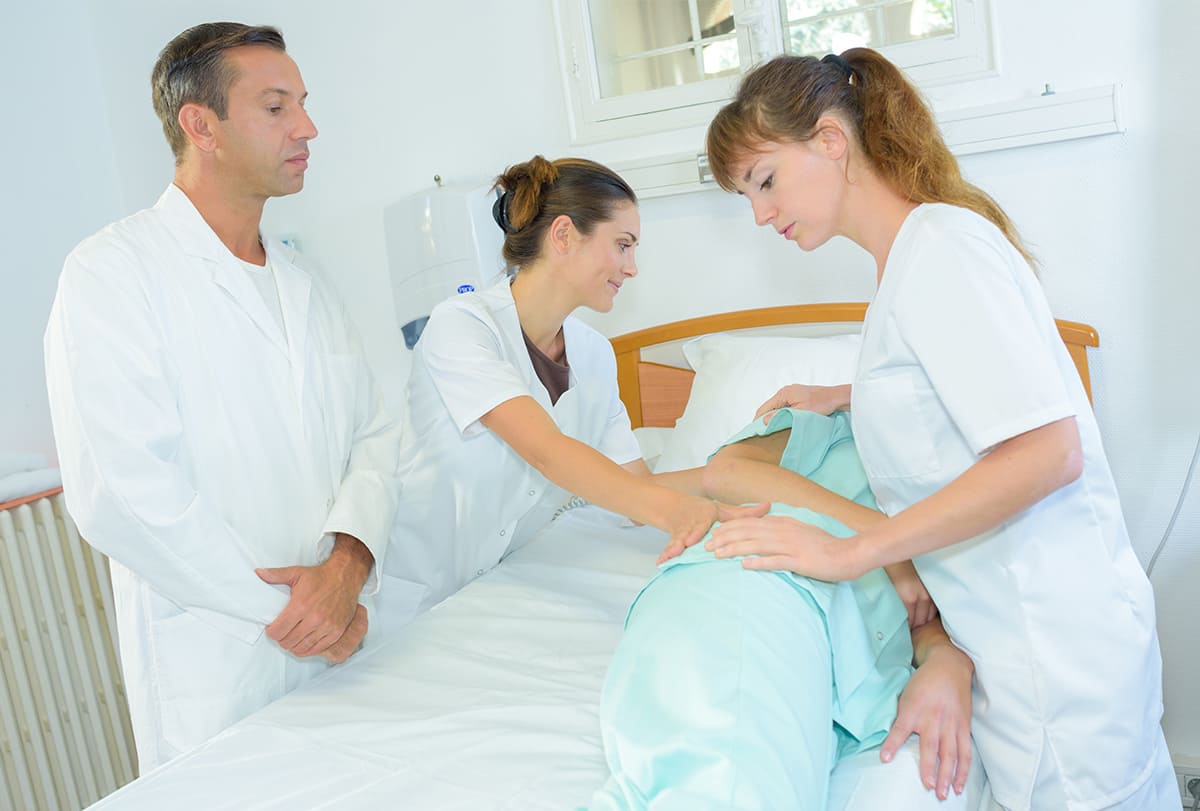
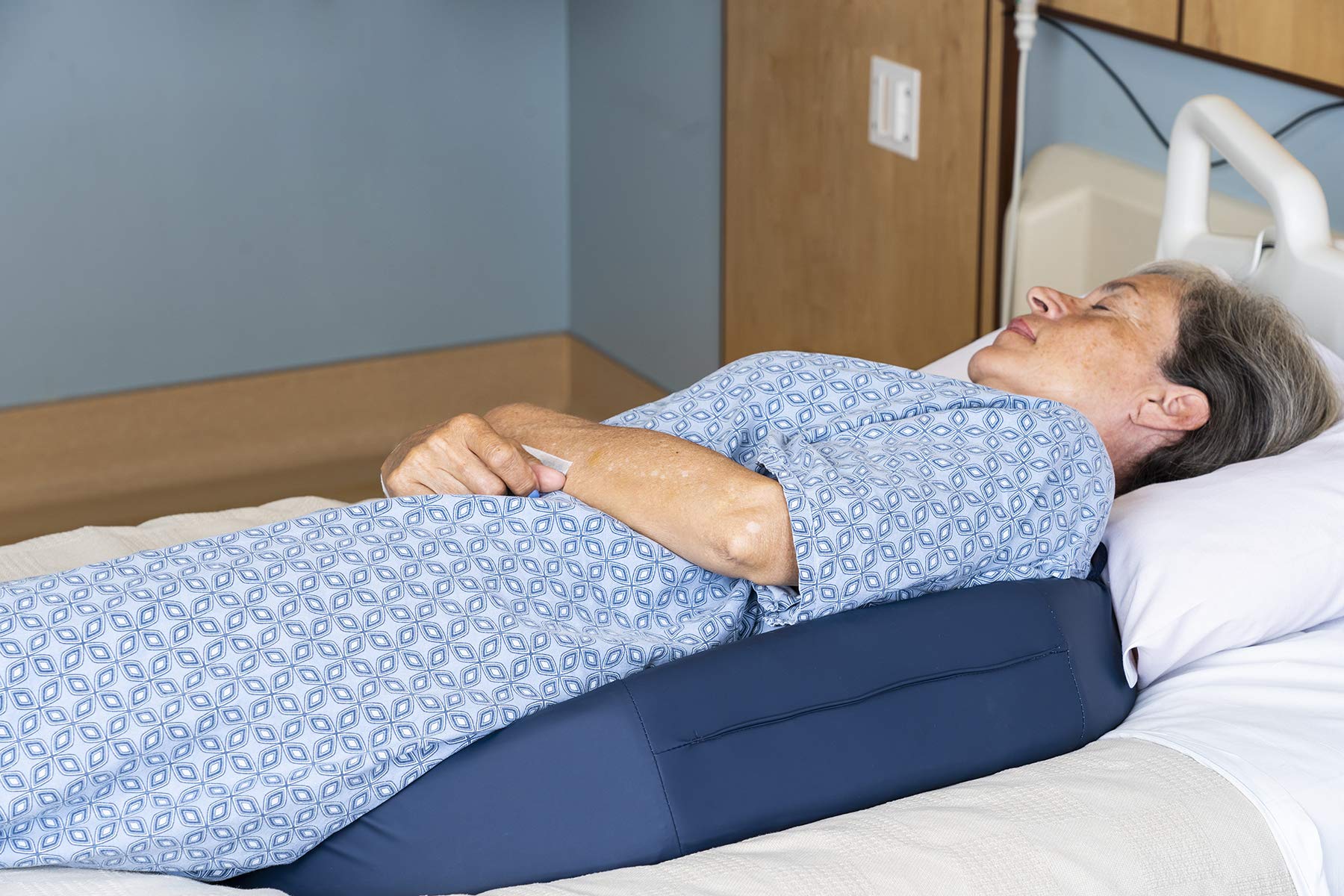

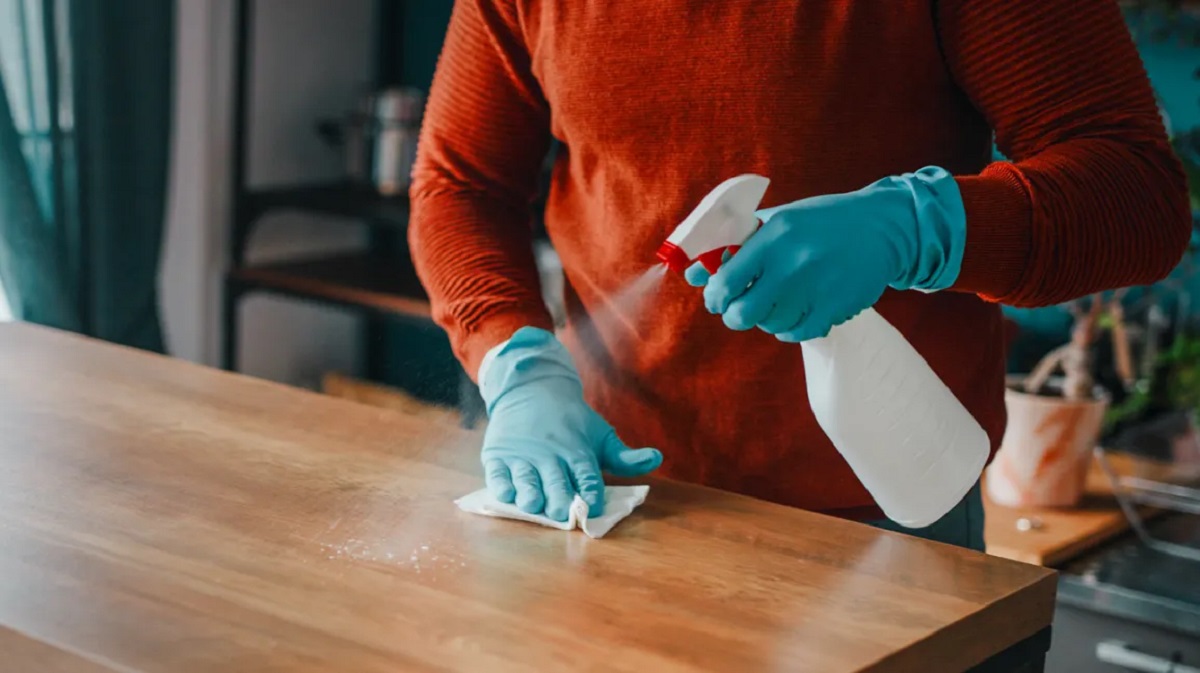
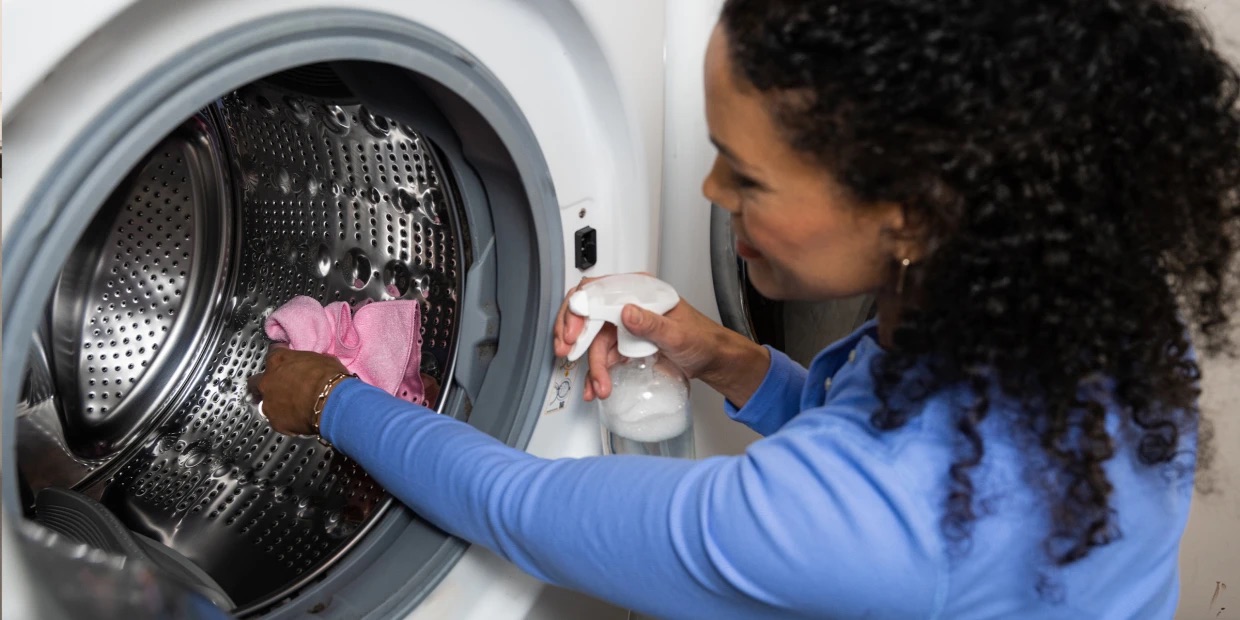
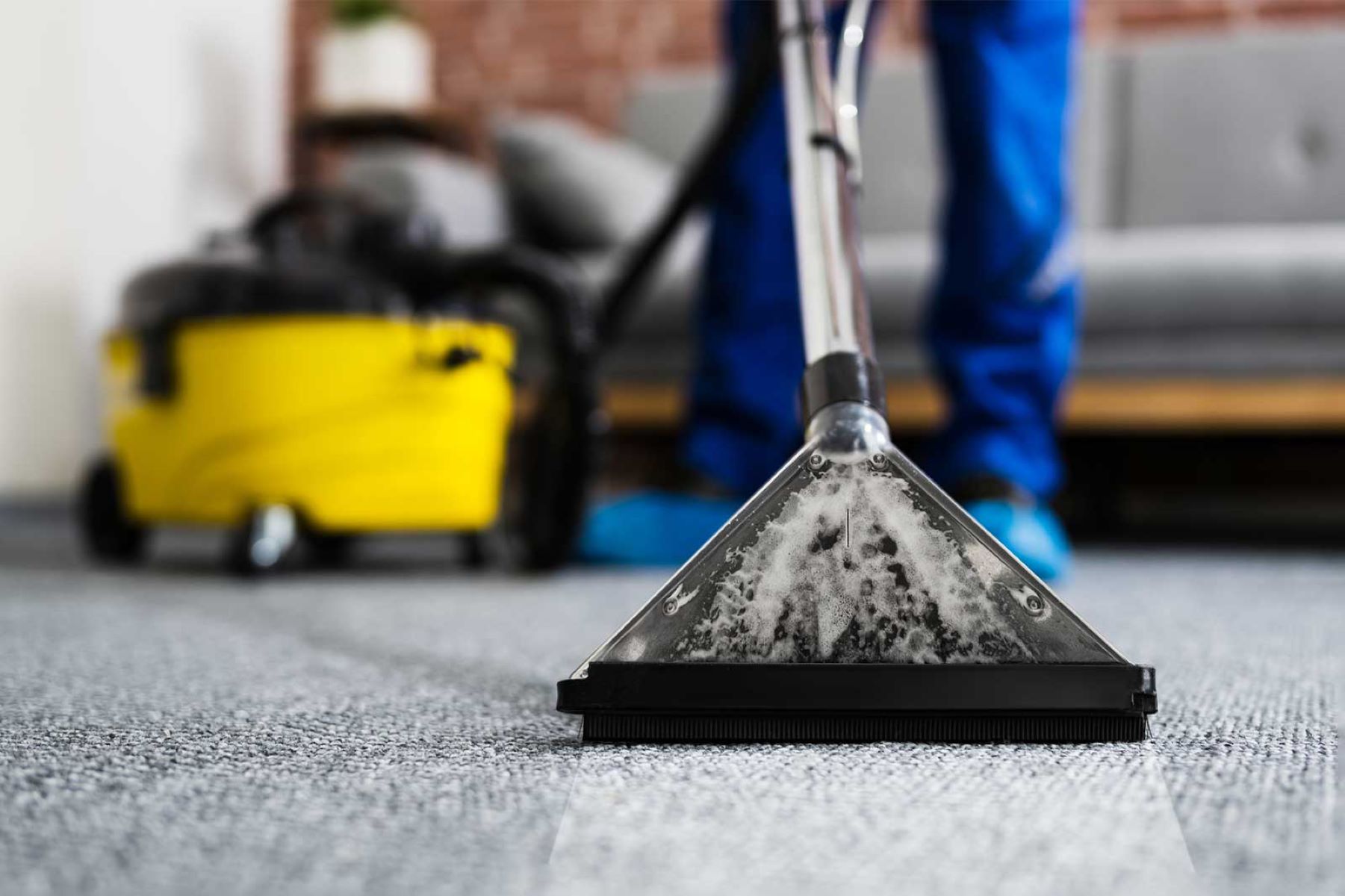
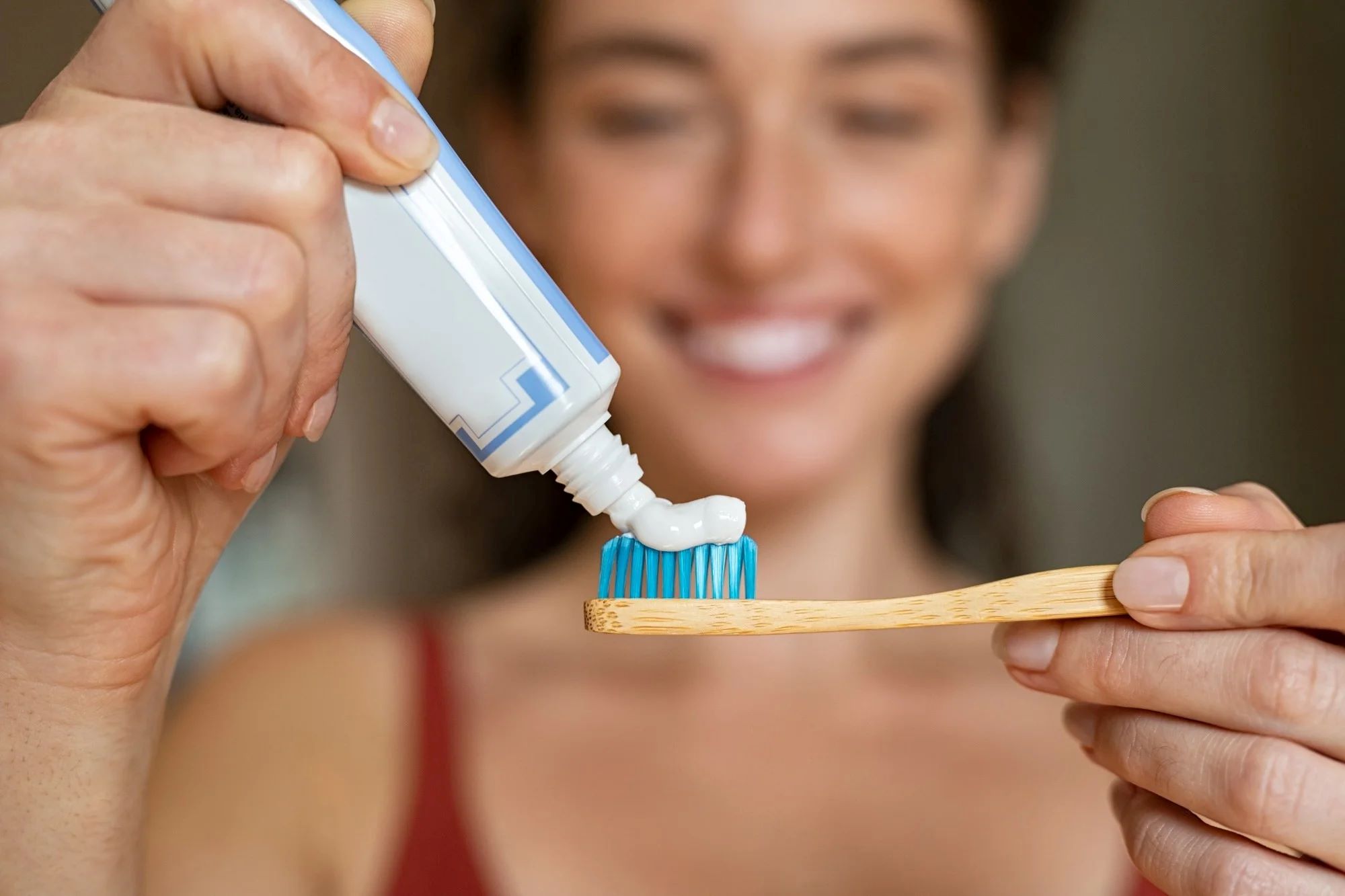

0 thoughts on “How To Disinfect Toothbrush After A Cold Sore”